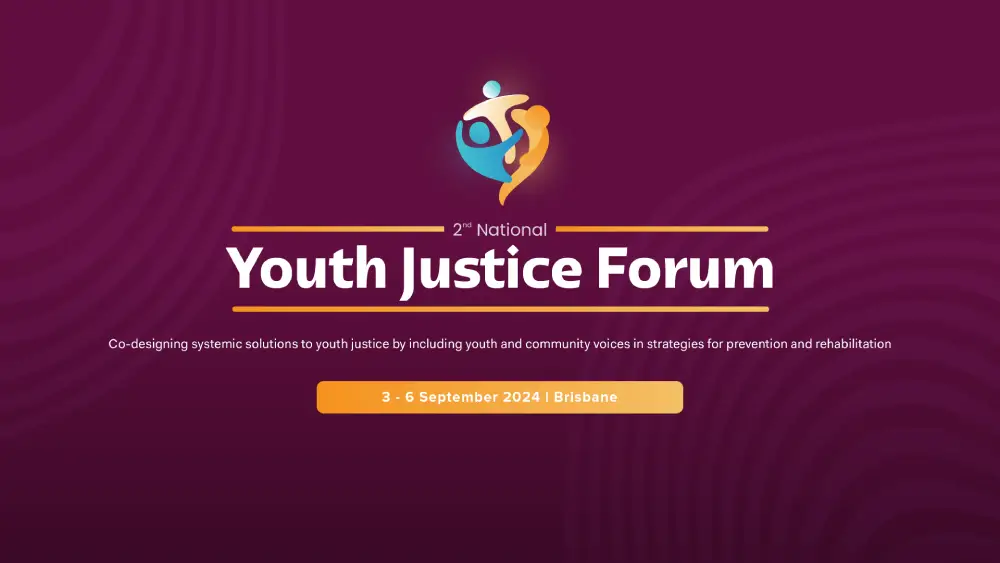When most not-for-profits (NFPs) approach organisational design, they do so from the point of view of rethinking and reconfigurating their processes. The result, they hope, will be improvements in critical measures of performance such as cost, quality, service and speed. However, this approach to organisational design views the people working for the organisation as interchangeable parts that can be re-engineered, downsized or outsourced.
This mechanised and bureaucratic management approach erodes the human spirit and can have devastating effects for individual staff members and the organisation as a whole.
The birth of the workplace bully
Humans are, and need to be, social beings. At work we perform tasks and jobs in concert with others, often working in groups, teams, departments and taskforces. How we produce work is shaped by how we relate to others, what we expect of them, what they expect of us, how we co-ordinate our efforts and what we perform together.
In a truly interdependent workplace relationship, staff are reliant on managers for direction, resources and rewards while managers are dependent on staff to be productive and fulfill the goals of the organisation. However, supervision and control of staff transform into bullying when they have a negative impact on work performance, work quality and productivity.
Bullying is not necessarily a sign of professional incompetence or lack of interpersonal skills but is certainly evidence of poor management skills. This may be due to a lack of suitable training and an understanding of management accountability or the desire to appear hard-nosed to extract increased productivity out of employees, especially if this behaviour is rewarded in an organisation.
In a survey conducted to coincide with National Anti-Bully Day, UMR Research revealed that one in three Australian workers had been bullied at work and that 81 per cent of the perpetrators held management positions. Furthermore, 57 per cent of respondents said they were micro-managed by their supervisors at some stage in their careers and that this fell into the category of being bullied.
Micro-management is variously defined as excessive monitoring, approvals and reporting, and close scrutiny – both physically as well as managerially. Micro-managers focus on control over timeframes and how things are done rather than what is achieved.
Bucking the bullying trend
To avoid slipping into the trap of using bullying tactics to achieve organisational goals, managers should:
- Set performance expectations from the outset. Set expectations from the interview onwards, and outline the consequences of achieving the criteria and the consequences of failing to achieve them
- Establish objective key performance indicators (KPIs) that remove as much of the subjectivity as possible from success or failing
- Be consistent in the way KPIs are given to all staff, monitored and evaluated during induction, probation and throughout their career with your organisation
- Promote self-awareness by conducting confidential workplace climate surveys and interviews with all co-workers and supervisory staff.
The bottom line is simple – leaders and managers have the greatest impact on productivity and profitability. In fact, research has found that organisations that create great connections with staff and make people feel more valued are three times more productive than those that don’t. For this reason, NFPs need to review their organisational design to ensure they are promoting the best possible workplace environment for everyone.

















































































































































